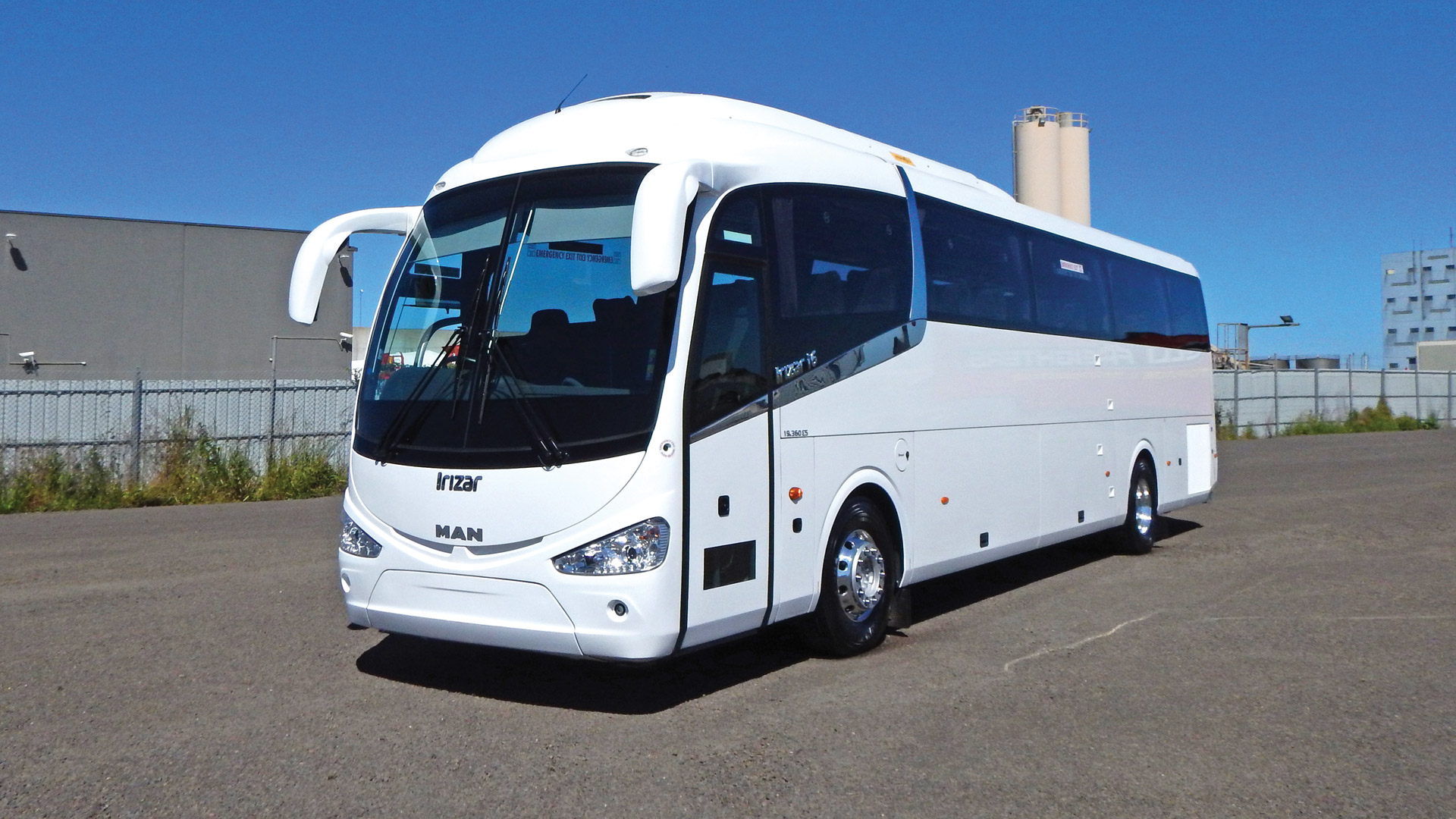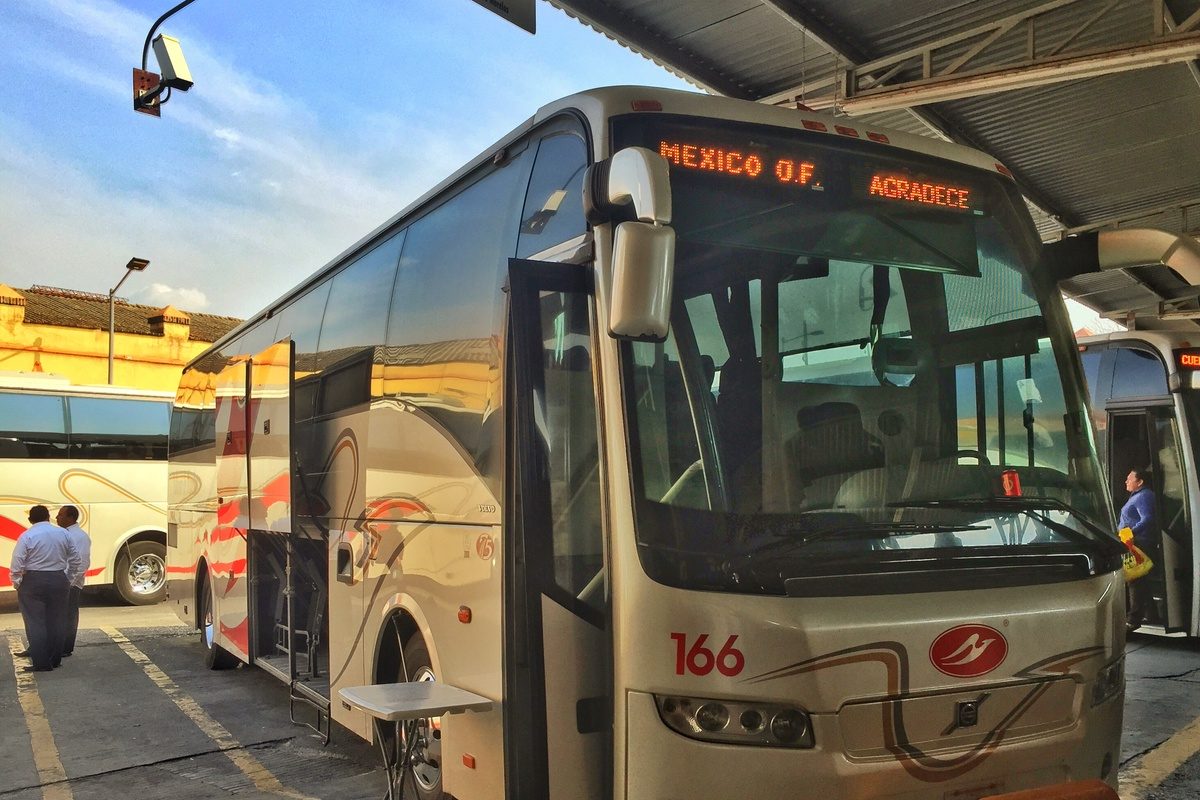Timing and Duration Considerations
Taking a 38-hour bus trip from the northern border city of Ciudad Juarez to Mexico City would be an extraordinarily long ride with little opportunity for breaks. Spending over a day and a half confined to a bus seat offers few chances to properly stretch, exercise, or find real meals. The motion sickness that often comes with long bus rides could easily develop into full-blown illness without proper breaks and fresh air. While saving money on airfare may seem attractive, the physical and mental drain of such a prolonged trip may outweigh minor cost benefits. For a smoother experience, it’s wise to break the journey into shorter segments, even if that means adding an extra flight connection somewhere midway.

Safety Concerns in Specific Regions
Some sections of the journey also carry higher risks to personal safety that deserve serious consideration. Traveling through the state of Sinaloa, where violent cartel conflicts have occurred, increases chances of encountering violence, especially on lesser regulated buses. While toll highways are generally safe due to policing, conflicts have spilled over occasionally, resulting in fatal attacks against buses. The US government currently advises its personnel to avoid non-essential travel in parts of Sinaloa and other border states. For casual travelers, it’s best to carefully research updated safety advisories and avoid lower quality transport options through risky areas if possible.
Choosing Reputable Bus Lines and Stations
To help minimize risks, sticking to well-established bus companies and boarding at major terminals is advisable. First-class intercity bus lines in Mexico offer amenities resembling European coaches but at higher fares warranted by their investment in modern fleets, driver training programs, and use of modern toll roads with security checkpoints. Fly-by-night operators lacking licenses and proper maintenance represent a gamble that isn’t worth taking for the potential cost savings. Many travelers also find value in sticking to well-traveled routes with decently paved highways rather than rural backroads offering scenery but less oversight.
Alternative Strategies for a Safer Trip
For those seeking a safer alternative to direct bus travel through high-risk regions, multi-modal transport splitting the journey makes sense. Flying into an airport like Guadalajara cuts over 500km and many hours off the bus portion through precarious areas. Short domestic flights in Mexico remain affordable, opening options to break up an overly long grind by bus into more manageable segments. Rental cars also allow self-driving the most interest sections while avoiding being confined to someone else’s schedule on public transport. With some creative routing and a bit more spending, risks can be lowered significantly for those wary of security dynamics in parts of the northern travel corridor.
Gastronomic and Health Considerations
Eating properly during such an extended bus trip poses challenges as well. Highway vendors offer quick snacks but quality varies greatly and illness risks exist. Carrying packaged foods avoids depending on roadside options of dubious hygiene. However, limited bathroom access on buses complicates multi-day meal preparation. Health issues like motion sickness commonly arise due to long periods in moving vehicles without breaks. Having motion sickness medication, staying hydrated, and avoiding heavy foods lessens chances of feeling sick. As destinations for “essential travel” or short excursions only, ultra-long bus rides carry risks beyond just security to physical and mental well-being needing mitigation.
Scenic Highlights and Viable Alternatives
While sections like crossing the northern desert from Torreón towards San Luis Potosí offer interesting scenery for landscape enthusiasts, enduring such vast terrain by bus carries fatigue. Breaking the journey in cities like Monterrey allows better exploring highlights and provides comfortable facilities lacking during multi-day rides. As an alternative, consider a bus from Juarez to Chihuahua City paired with a flight further south. Renting a car around Durango lets self-driving through scenic canyon areas at a relaxed pace, breaking the trip in comfortable hotels en route to Mexico City provides a safer, more comfortable experience overall. With some strategic planning, the highlights can be enjoyed without the challenges of an ultra-long bus ride endurance test.
Summary and Recommendations
In conclusion, taking a 30+ hour bus ride through Mexico involves safety, health, logistical and endurance challenges not to be taken lightly. Certain parts carry higher security concerns, requiring extra care in transportation choices. Eating, hygiene and motion sickness becomes difficult to manage over prolonged periods confined on moving vehicles. While scenic highlights exist, fatigue sets in quickly without proper breaks and facilities. A combination of flight and short-distance bus or rental car segments provides more flexibility, comfort and safety overall compared to direct point to point bus travel. For efficient transport, reputable companies and major stations reduce risks versus informal operators. With advance planning, the same beautiful regions can be explored in a healthier, lower stress way than enduring one ultra-marathon length bus ride.

 Berlin: A City of Surprising Calmness and Constant Evolution
Berlin: A City of Surprising Calmness and Constant Evolution